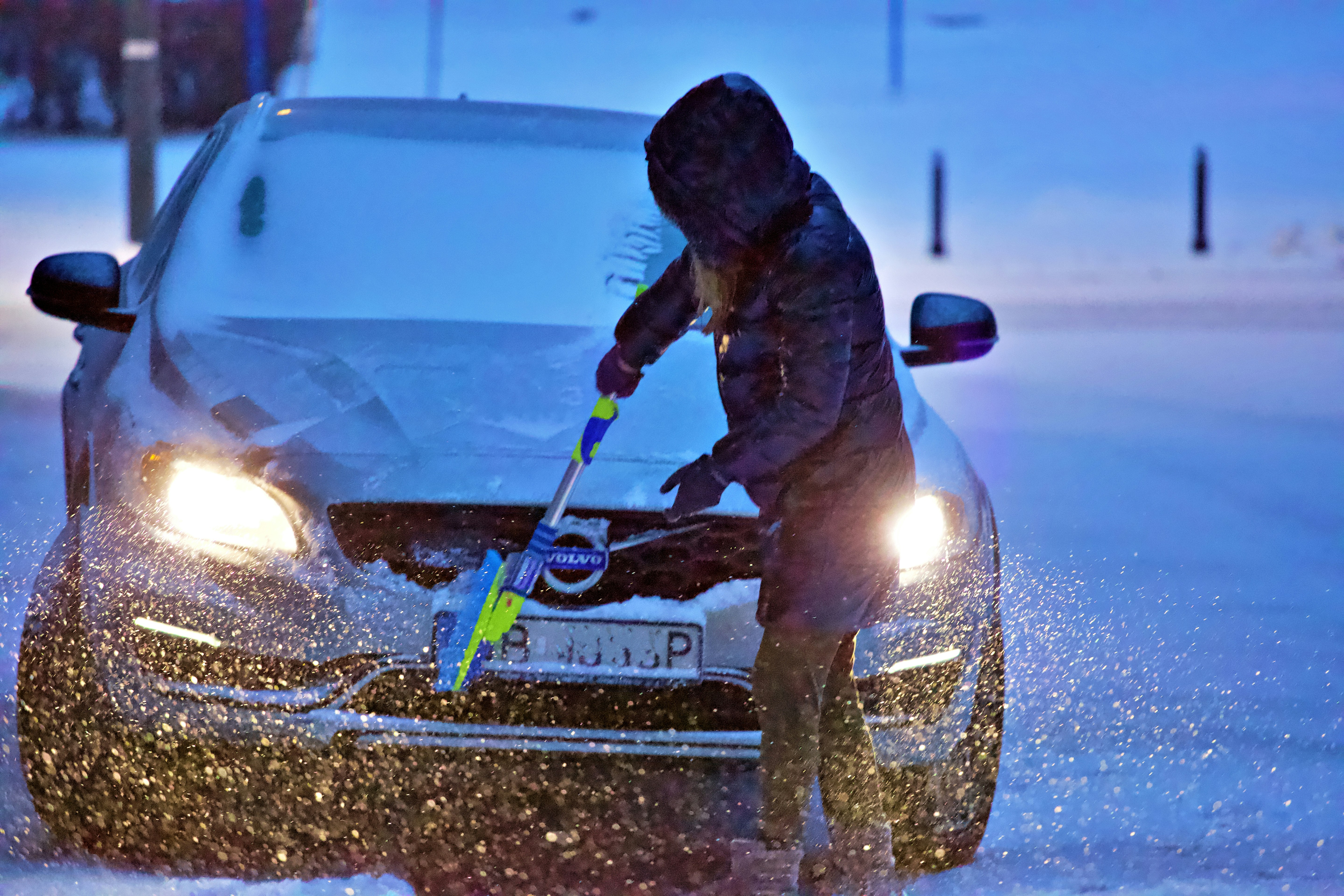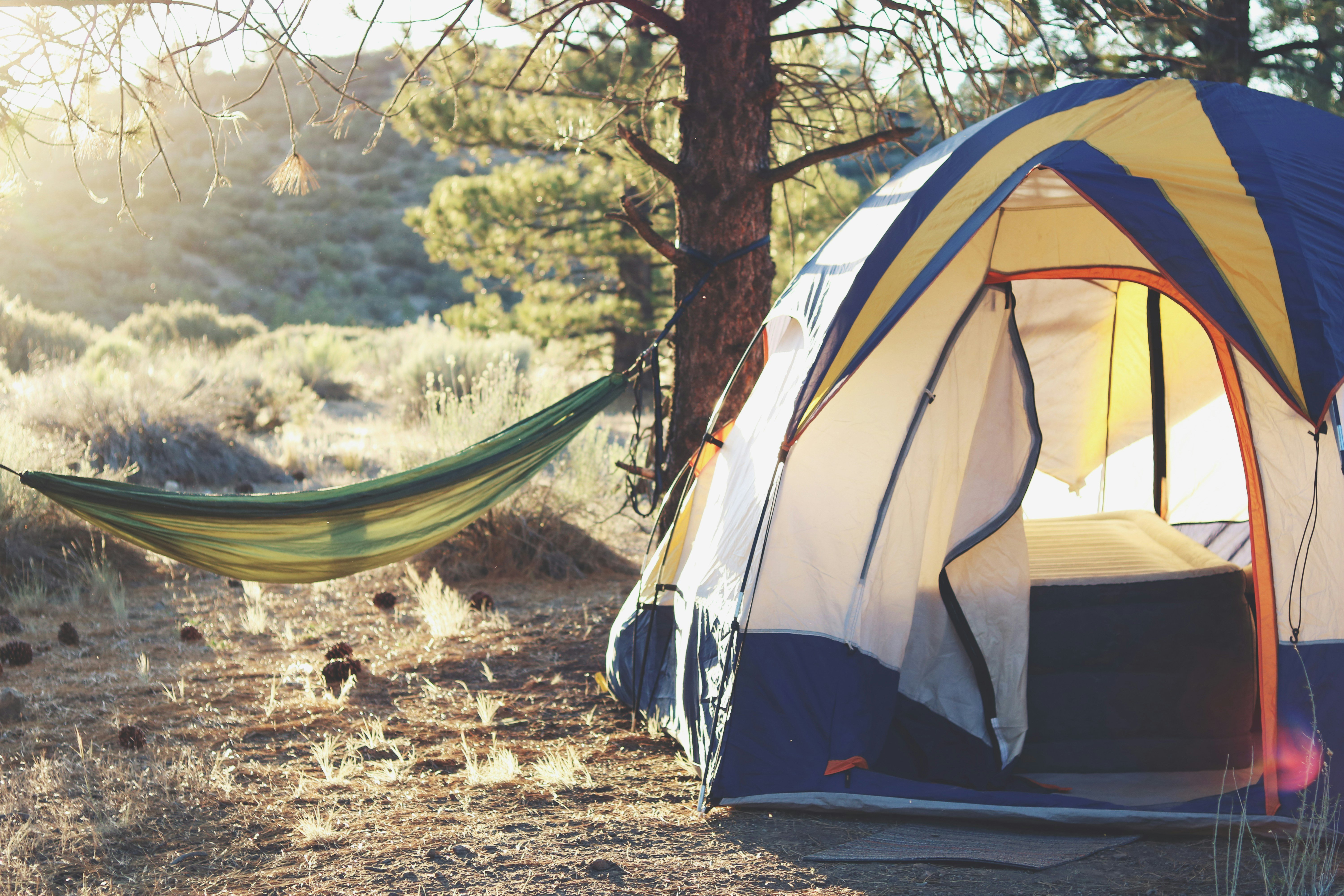Winter Car Care: Essential Maintenance Tips for Keeping Your Vehicle Safe and Reliable
Winter is a challenging time for both drivers and their vehicles.

Cold weather, road salt, and ice can take a toll on your car if it's not properly maintained. As such, it's crucial to take extra care of your vehicle during the winter months to ensure its safety and performance. Here are some essential tips for maintaining your car during the winter:
Check the battery: Cold temperatures can reduce your battery's power, so it's essential to have it tested to ensure it's in good condition. If your battery is more than three years old, it's a good idea to consider replacing it to prevent unexpected breakdowns. 
Inspect the tires: Proper tire maintenance is crucial for safe winter driving. Check the tire pressure regularly, as cold temperatures can cause it to decrease. Also, ensure that your tires have enough tread depth to provide sufficient traction on snowy and icy roads. Consider switching to winter tires for improved grip and handling in cold conditions.
Change the oil: Cold weather can cause your engine oil to thicken, making it more difficult for the engine to start. Consider switching to a winter-grade oil that flows more easily at low temperatures. It's also essential to stick to the manufacturer's recommended oil change intervals to keep your engine running smoothly.
Test the lights: Days are shorter in the winter, so it's critical to make sure all your vehicle's lights are working correctly. This includes headlights, taillights, turn signals, and brake lights. Proper lighting not only helps you see better in low-light conditions but also makes your vehicle more visible to other drivers.
Check the antifreeze: Antifreeze, also known as coolant, is essential for preventing your engine from freezing in cold temperatures. Make sure to check the level and condition of the antifreeze and top it off if necessary. Also, consider having the cooling system flushed and refilled if it's due for maintenance.
Keep the windshield wipers in good condition: Visibility is crucial for safe driving, especially during winter weather. Replace your windshield wipers if they're worn out and make sure the windshield washer fluid is topped up. Consider using a winter-grade washer fluid that won't freeze in cold temperatures.

Protect the exterior: Winter road salt and ice can cause damage to your car's paint and undercarriage. Regularly wash your vehicle to remove salt and grime, and consider applying a protective wax to the paint to prevent corrosion. It's also a good idea to have the undercarriage cleaned to remove any accumulated salt and debris.
By following these tips, you can help ensure that your vehicle remains in good condition throughout the winter. Proper maintenance not only improves your car's performance and safety but also helps prolong its lifespan. Taking care of your vehicle during the winter months will ultimately save you time, money, and potential headaches down the road.

Winter Car Care: Essential Maintenance Tips for Keeping Your Vehicle Safe and Reliable
Cold weather, road salt, and ice can take a toll on your car if it's not properly maintained. As such, it's crucial to take extra care of your vehicle during the winter months to ensure its safety and performance. Here are some essential tips for maintaining your car during the winter:Check the battery: Cold temperatures can reduce your battery's power, so it's essential to have it tested to ensure it's in good condition. If your battery is more than three years old, it's a good idea to consider replacing it to prevent unexpected breakdowns.Inspect the tires: Proper tire maintenance is crucial for safe winter driving. Check the tire pressure regularly, as cold temperatures can cause it to decrease. Also, ensure that your tires have enough tread depth to provide sufficient traction on snowy and icy roads. Consider switching to winter tires for improved grip and handling in cold conditions.Change the oil: Cold weather can cause your engine oil to thicken, making it more difficult for the engine to start. Consider switching to a winter-grade oil that flows more easily at low temperatures. It's also essential to stick to the manufacturer's recommended oil change intervals to keep your engine running smoothly.Test the lights: Days are shorter in the winter, so it's critical to make sure all your vehicle's lights are working correctly. This includes headlights, taillights, turn signals, and brake lights. Proper lighting not only helps you see better in low-light conditions but also makes your vehicle more visible to other drivers.

How Different Tea Cups Affect the Taste of Tea and Their Practical Uses in Daily Life
In this article, we will explore the influence of different tea cups on the taste of tea and discuss the practical uses of cups made from various materials in daily life.Influence of Different Tea Cups on Tea Taste:The material and shape of the tea cup can affect the aroma, temperature, and flavor of the tea. For example, porcelain or ceramic cups are preferred for delicate teas like green or white tea as they retain heat well and allow the aroma to develop. On the other hand, glass cups are suitable for enjoying the visual aspects of blooming teas, while clay cups are believed to enhance the flavor of certain types of oolong teas due to their porous nature and ability to absorb the tea's essence. Additionally, the shape and thickness of the cup's rim can also impact how the tea lands on the palate, affecting the overall taste perception.Practical Uses of Cups Made from Different Materials in Daily Life:Porcelain/Ceramic Cups: Besides being ideal for tea drinking, porcelain or ceramic cups are also versatile for serving coffee, hot chocolate, or even as stylish pen holders or small planters for succulents on desks and shelves.Glass Cups: Glass cups are not only perfect for appreciating the color and visual appeal of teas but can also be repurposed as elegant candle holders or flower vases, adding sophistication to any room.

A Comprehensive Guide to Choosing Athletic Apparel
With the plethora of options available in the market, it can be overwhelming to select the perfect outfit. In this comprehensive guide, we will explore the key factors to consider when choosing athletic apparel and provide valuable insights to help readers make informed decisions.Fabric Selection: Performance and ComfortThe choice of fabric plays a significant role in athletic apparel. Look for moisture-wicking and breathable materials such as polyester blends or merino wool for activities that induce sweat. For cold weather, opt for insulating fabrics like fleece or thermal compression wear. Always prioritize comfort and flexibility without compromising on performance.Fit and Functionality: Finding the Perfect BalanceThe fit of athletic apparel should provide freedom of movement while maintaining a snug and supportive feel. Consider the specific requirements of the activity – for example, loose-fitting clothing may be preferred for yoga, while compression wear is beneficial for high-intensity workouts. Additionally, check for features such as reflective elements for night runs, and pockets for storage during long hikes or runs.Layering: Versatility and Climate ControlLayering is essential for adapting to changing weather conditions and regulating body temperature during physical activities. Start with a moisture-wicking base layer, add insulating layers for warmth, and finish with a waterproof and breathable outer shell for protection against the elements. This strategy allows for easy adjustment as the body heats up or the weather shifts.

Enhancing Wardrobe Storage Space with Hanging Rods for Improved Quality of Life
It's time to think outside the box and maximize your wardrobe storage space effectively. One practical and efficient method is to incorporate hanging rods into your closet organization.To make the most out of your wardrobe space, consider the following detailed suggestions and specific dimension recommendations for creating an efficient and organized closet:Assess your wardrobe: Before implementing any changes, take the time to assess your wardrobe and its contents. Determine the types of clothing you own, their respective sizes, and the frequency of use. This will help you plan the layout and dimensions of your hanging rods accordingly.Multi-level hanging: Utilize multi-level hanging rods to optimize vertical space. For shirts, blouses, and lighter garments, a hanging rod height of 38-42 inches (96-107 cm) from the floor is ideal, while longer hanging garments such as dresses and coats should have a higher rod at around 66-69 inches (168-175 cm) from the floor. This allows for efficient use of space and easy access to different types of clothing.

A Guide to Choosing the Right Camping Gear
However, selecting the right camping gear is crucial to ensuring a comfortable and enjoyable experience in the great outdoors. In this guide, we will explore the essential factors to consider when choosing camping gear, providing valuable insights to help readers make informed decisions and gear up for their next adventure.Functionality and Versatility: The Backbone of Camping GearWhen selecting camping gear, it is essential to prioritize functionality and versatility. Look for multi-purpose equipment that can serve various needs, such as a multi-tool with a knife, screwdriver, and can opener, or a versatile tent that can adapt to different weather conditions. Versatile gear not only saves space and weight but also enhances the overall camping experience by catering to diverse situations.Durability and Quality: Invest in Long-lasting GearInvesting in durable and high-quality camping gear is critical for a successful outdoor experience. Look for gear made from robust materials, reinforced seams, and sturdy construction to withstand the rigors of outdoor use. Quality gear not only ensures longevity but also provides peace of mind in challenging environments, allowing campers to focus on their adventures without worrying about gear malfunctions.Comfort and Ergonomics: Prioritize Personal Well-beingComfort plays a crucial role in determining the overall camping experience. When choosing camping gear, prioritize items that prioritize personal well-being, such as a comfortable sleeping pad, ergonomic backpack, or supportive hiking boots. Additionally, consider factors like adjustable straps, breathable fabrics, and padded support to enhance comfort during extended outdoor excursions.Portability and Weight: Pack Light, Pack RightEfficiently packing and transporting camping gear is essential for maximizing mobility and convenience. Opt for lightweight and compact gear that minimizes bulk and weight without compromising functionality. Additionally, consider collapsible or foldable options, such as portable cookware and compact chairs, to optimize space and ease of transport.
TOP NEWS


.png)

.png)

.png)

.png)

.png)

.png)

.png)

.png)
.png)
Recommended suppliers
Trade Alert
- Delivery New Products To YouTell Us What Are You Looking For?

- Acre/Acres
- Ampere/Amperes
- Bag/Bags
- Barrel/Barrels
- Blade/Blades
- Box/Boxes
- Bushel/Bushels
- Carat/Carats
- Carton/Cartons
- Case/Cases
- Centimeter/Centimeters
- Chain/Chains
- Combo/Combos
- Cubic Centimeter/Cubic Centimeters
- Cubic Foot/Cubic Feet
- Cubic Inch/Cubic Inches
- Cubic Meter/Cubic Meters
- Cubic Yard/Cubic Yards
- Degrees Celsius
- Degrees Fahrenheit
- Dozen/Dozens
- Dram/Drams
- Fluid Ounce/Fluid Ounces
- Foot/Feet
- Forty-Foot Container
- Furlong/Furlongs
- Gallon/Gallons
- Gill/Gills
- Grain/Grains
- Gram/Grams
- Gross
- Hectare/Hectares
- Hertz
- Inch/Inches
- Kiloampere/Kiloamperes
- Kilogram/Kilograms
- Kilohertz
- Kilometer/Kilometers
- Kiloohm/Kiloohms
- Kilovolt/Kilovolts
- Kilowatt/Kilowatts
- Liter/Liters
- Long Ton/Long Tons
- Megahertz
- Meter/Meters
- Metric Ton/Metric Tons
- Mile/Miles
- Milliampere/Milliamperes
- Milligram/Milligrams
- Millihertz
- Milliliter/Milliliters
- Millimeter/Millimeters
- Milliohm/Milliohms
- Millivolt/Millivolts
- Milliwatt/Milliwatts
- Nautical Mile/Nautical Miles
- Ohm/Ohms
- Ounce/Ounces
- Pack/Packs
- Pair/Pairs
- Pallet/Pallets
- Parcel/Parcels
- Perch/Perches
- Piece/Pieces
- Pint/Pints
- Plant/Plants
- Pole/Poles
- Pound/Pounds
- Quart/Quarts
- Quarter/Quarters
- Rod/Rods
- Roll/Rolls
- Set/Sets
- Sheet/Sheets
- Short Ton/Short Tons
- Square Centimeter/Square Centimeters
- Square Foot/Square Feet
- Square Inch/Square Inches
- Square Meter/Square Meters
- Square Mile/Square Miles
- Square Yard/Square Yards
- Stone/Stones
- Strand/Strands
- Ton/Tons
- Tonne/Tonnes
- Tray/Trays
- Twenty-Foot Container
- Unit/Units
- Volt/Volts
- Watt/Watts
- Wp
- Yard/Yards
Select template type:
One Request, Multiple Quotes.









